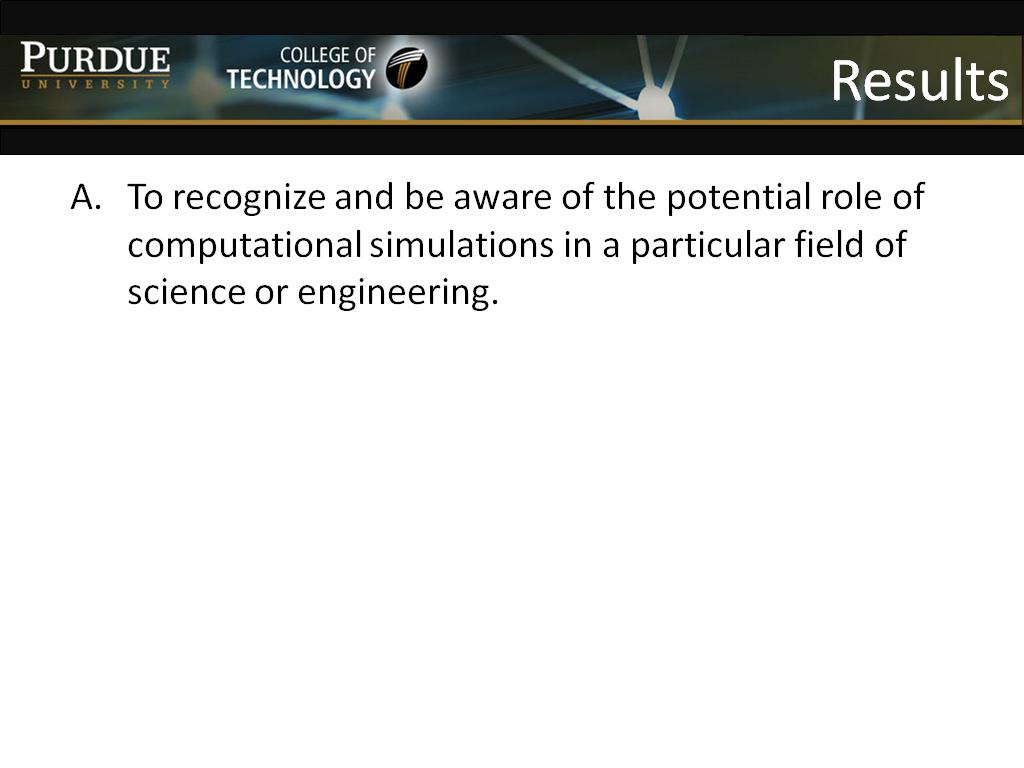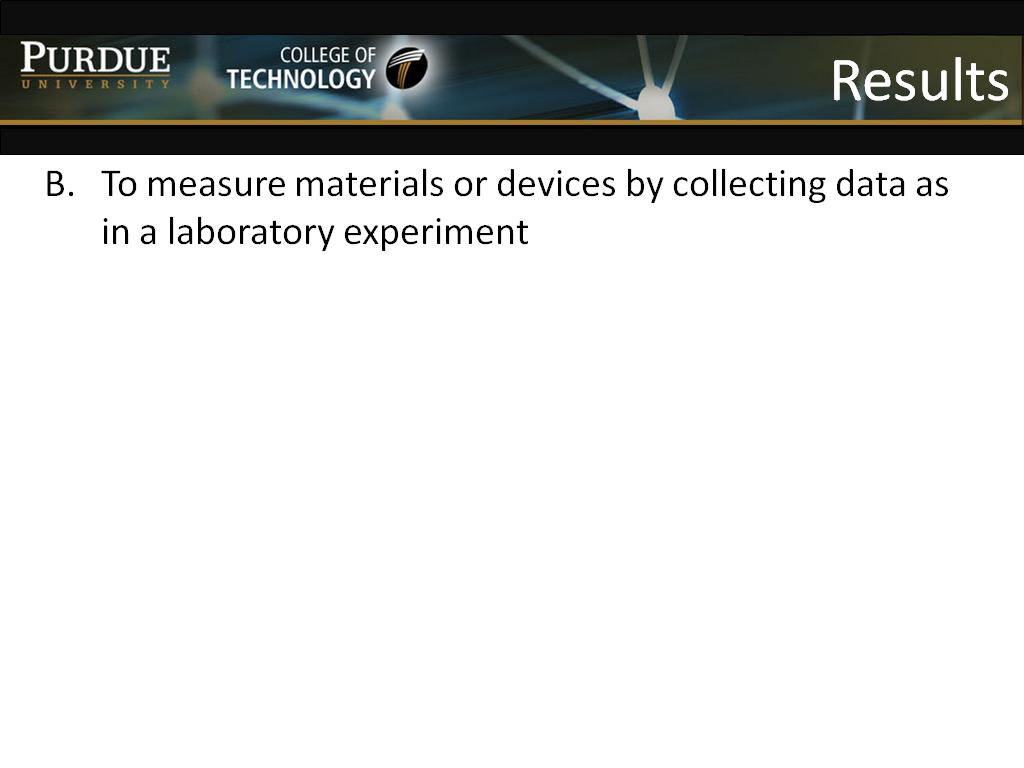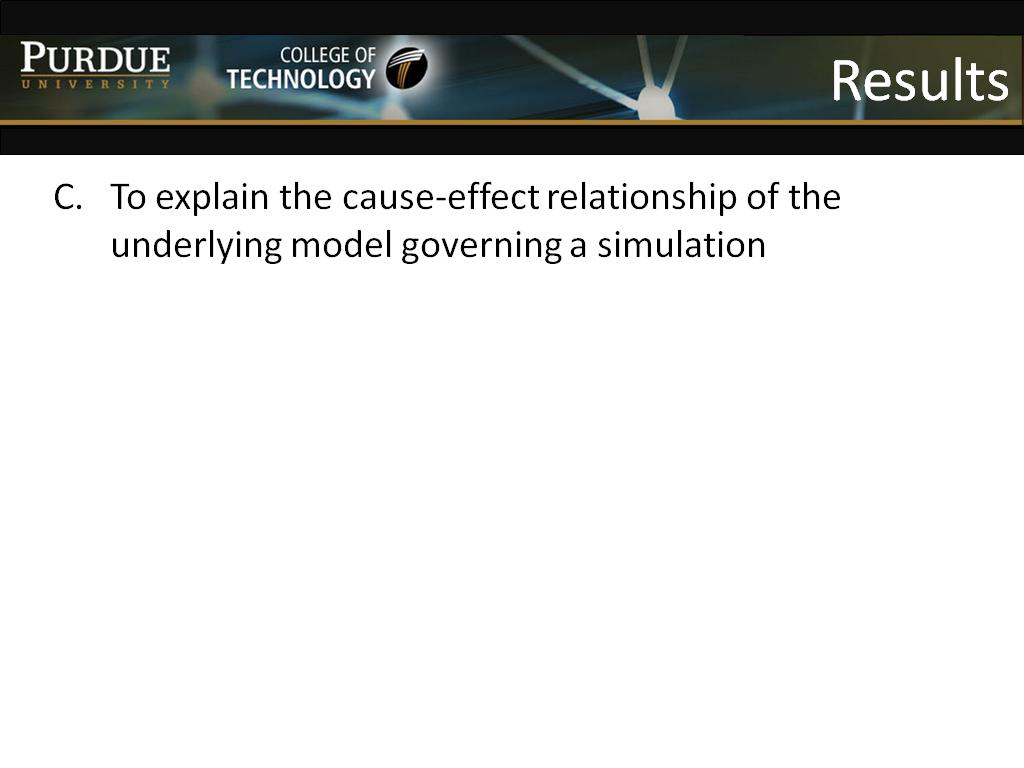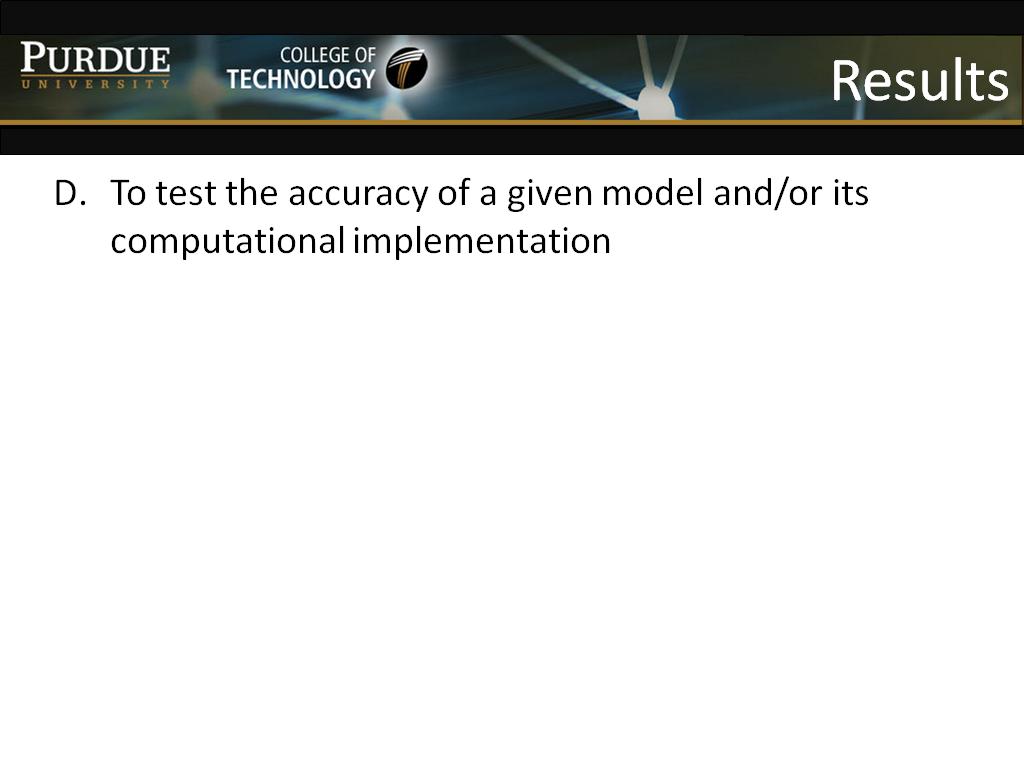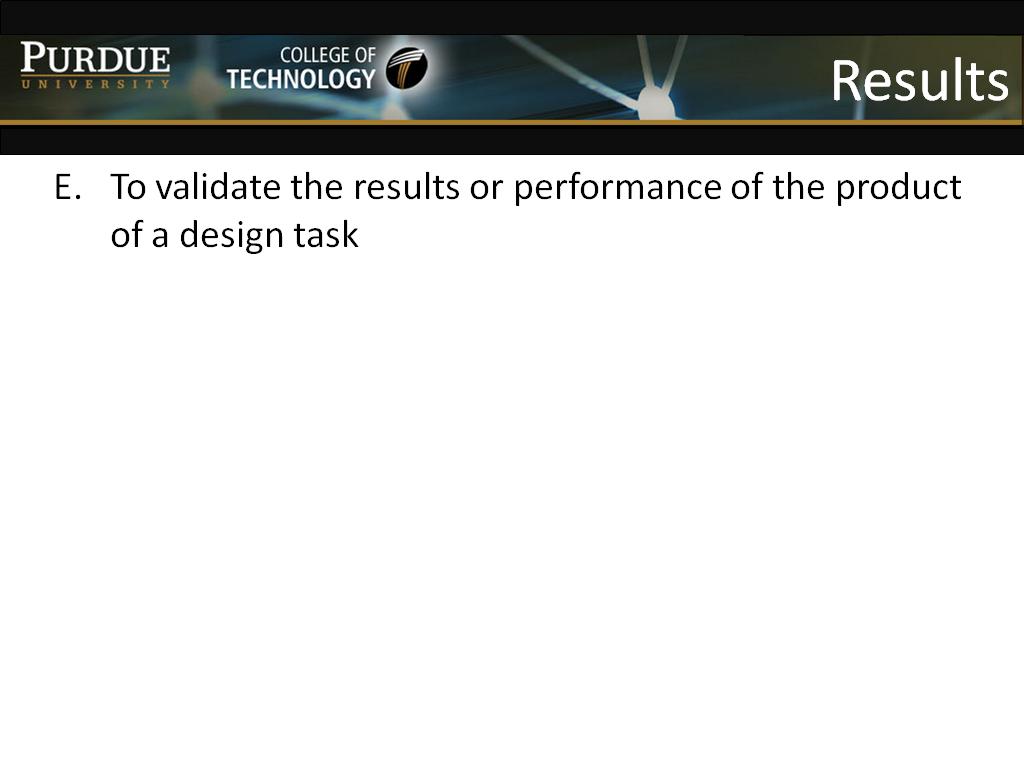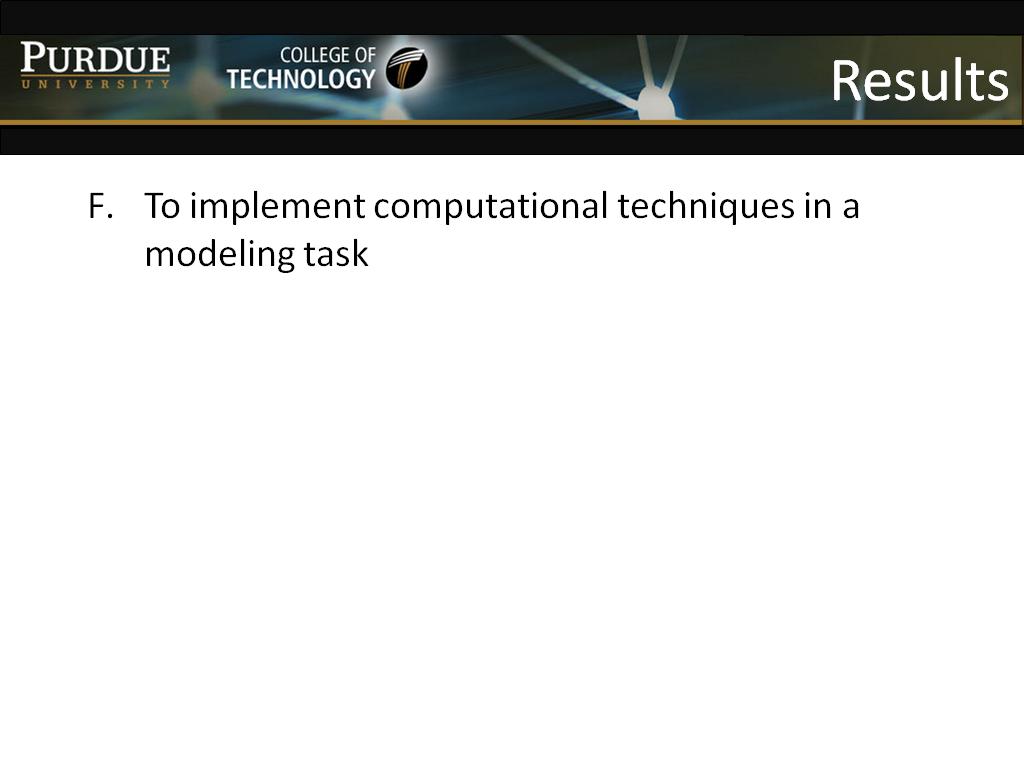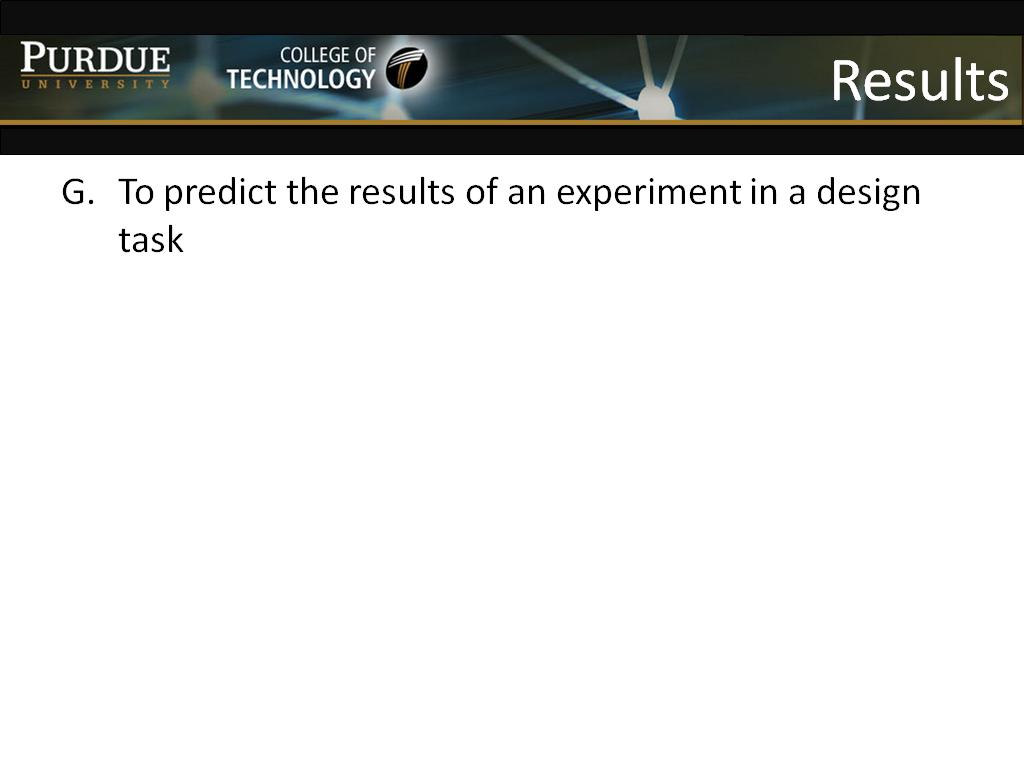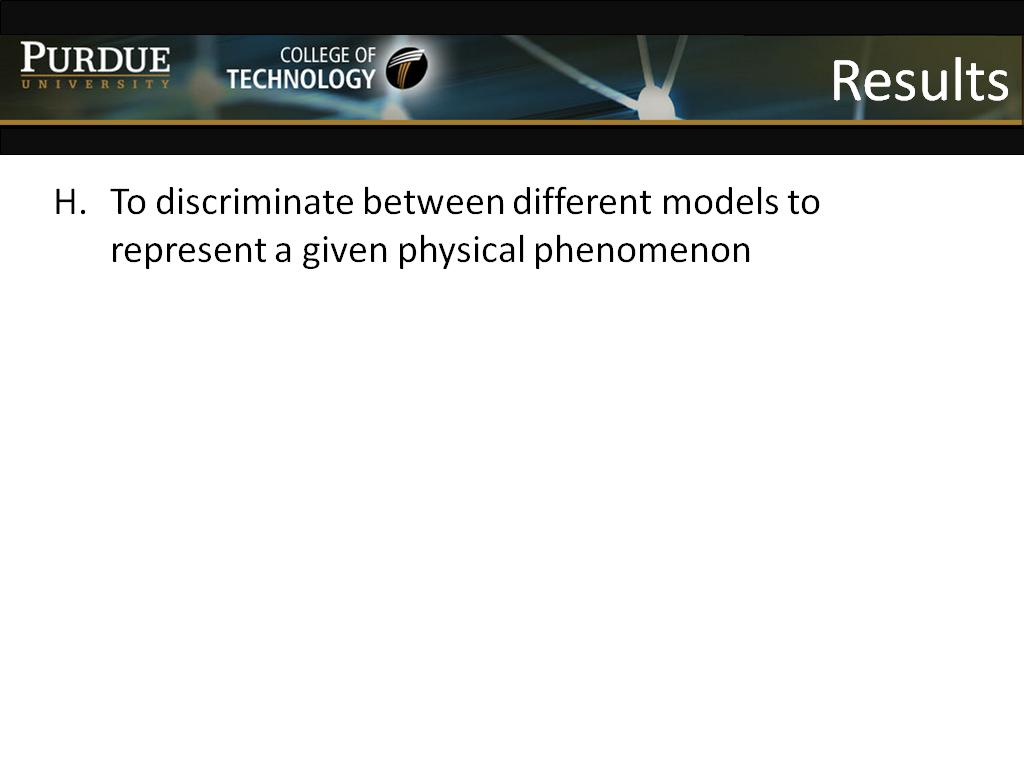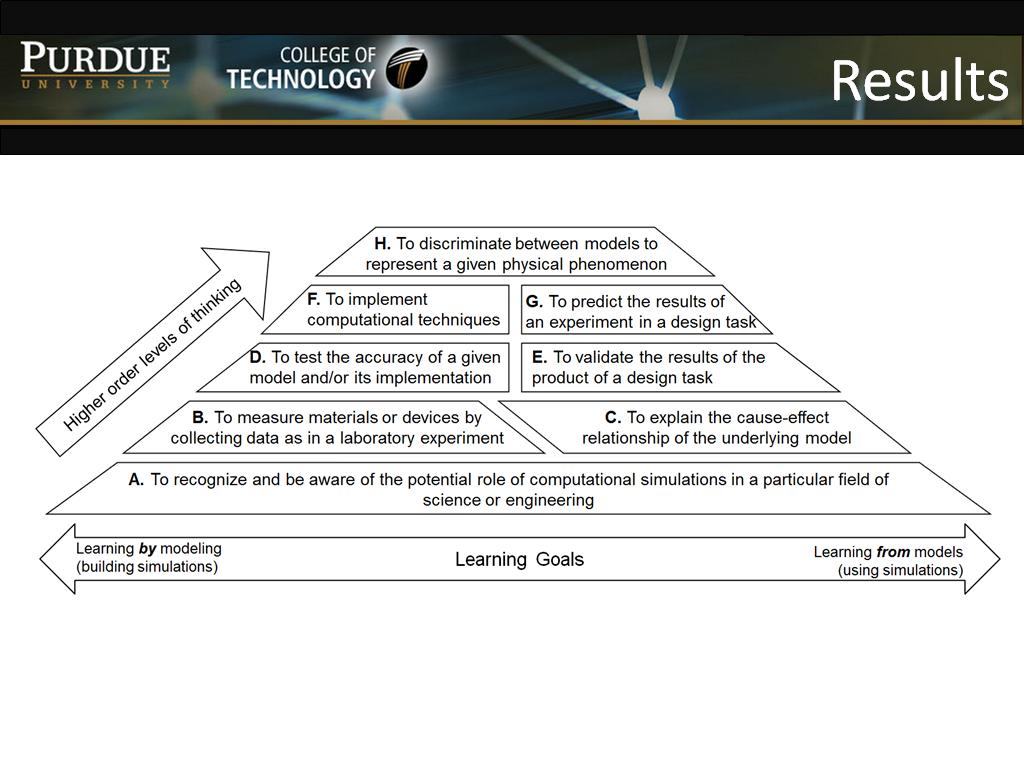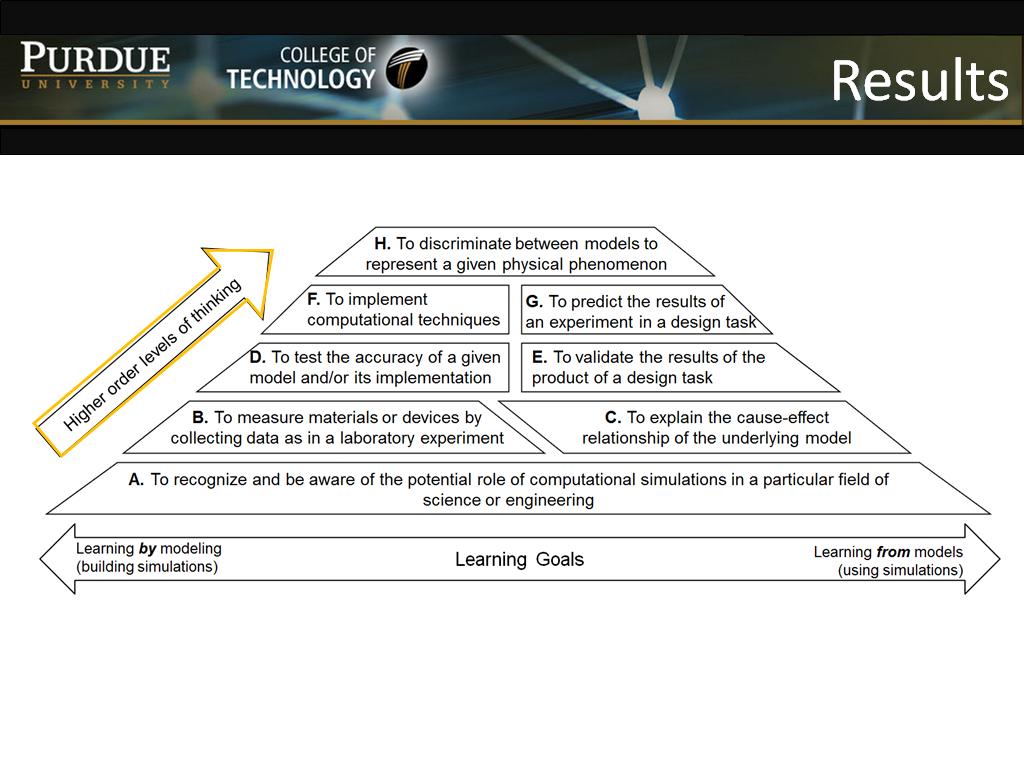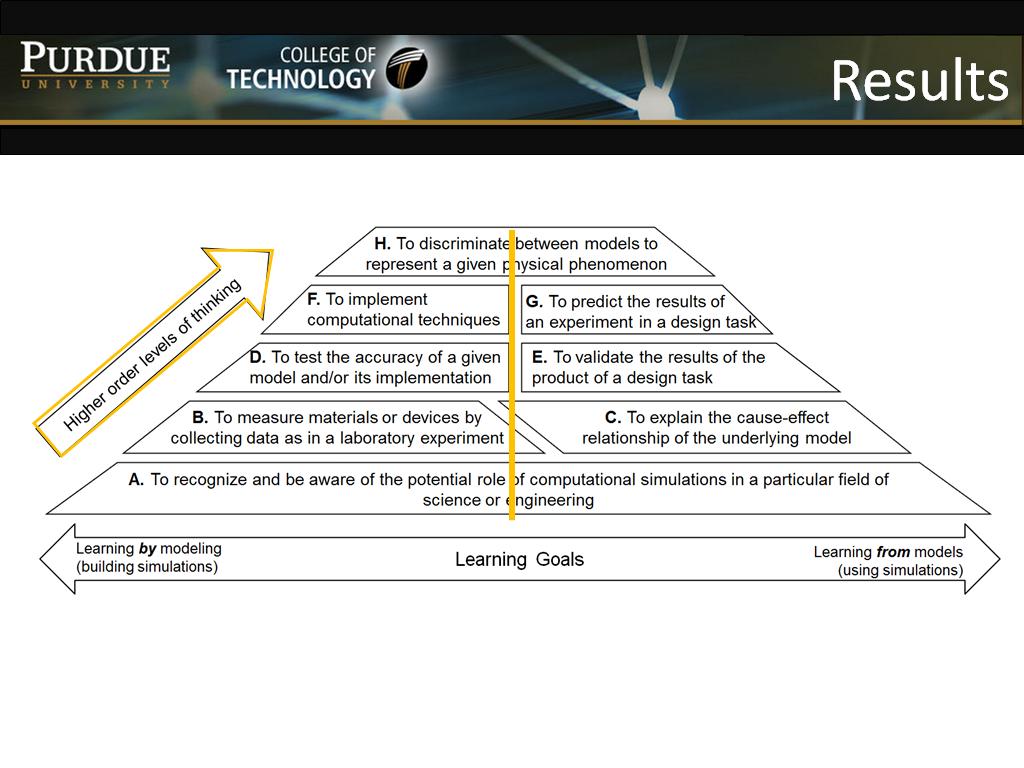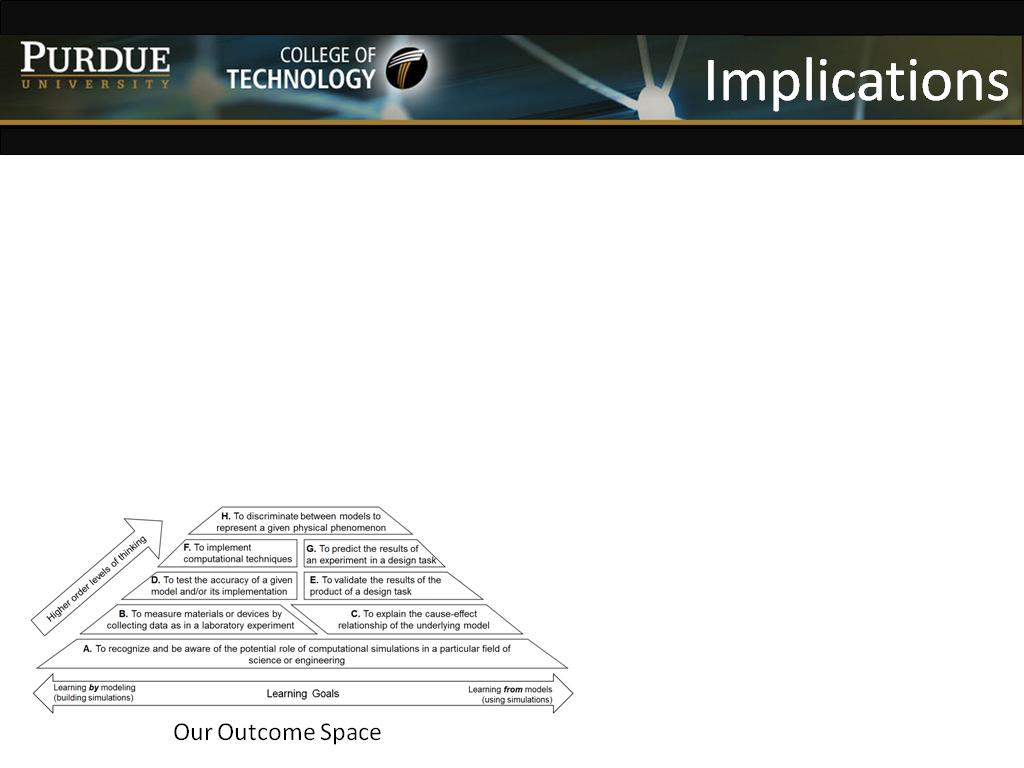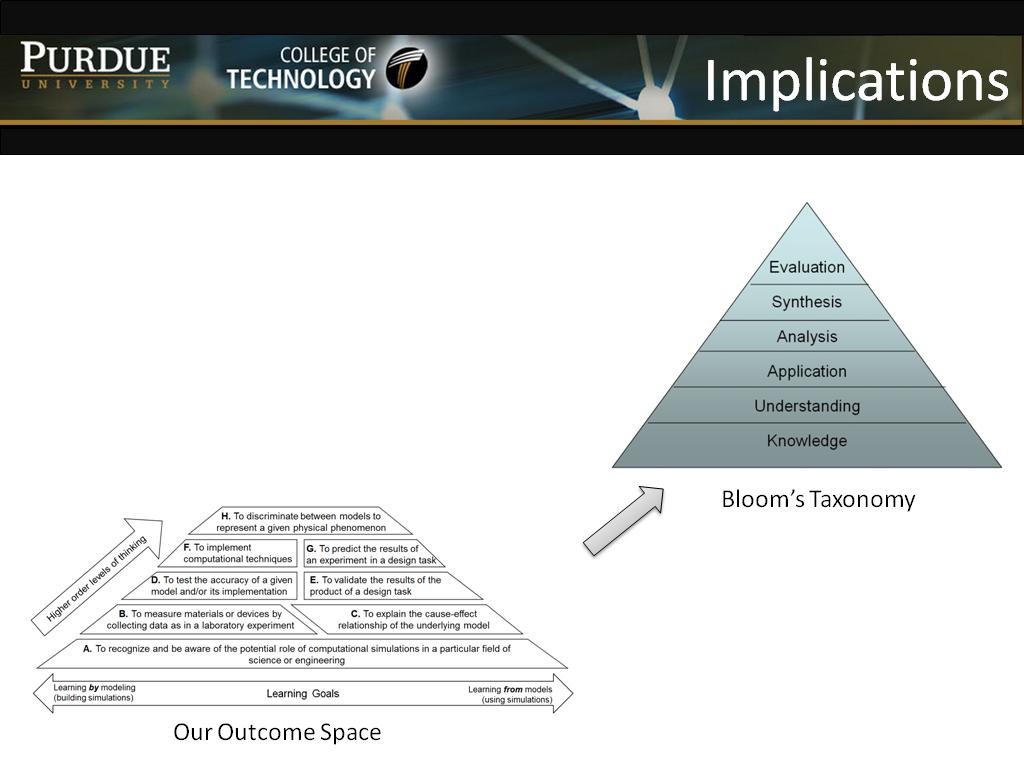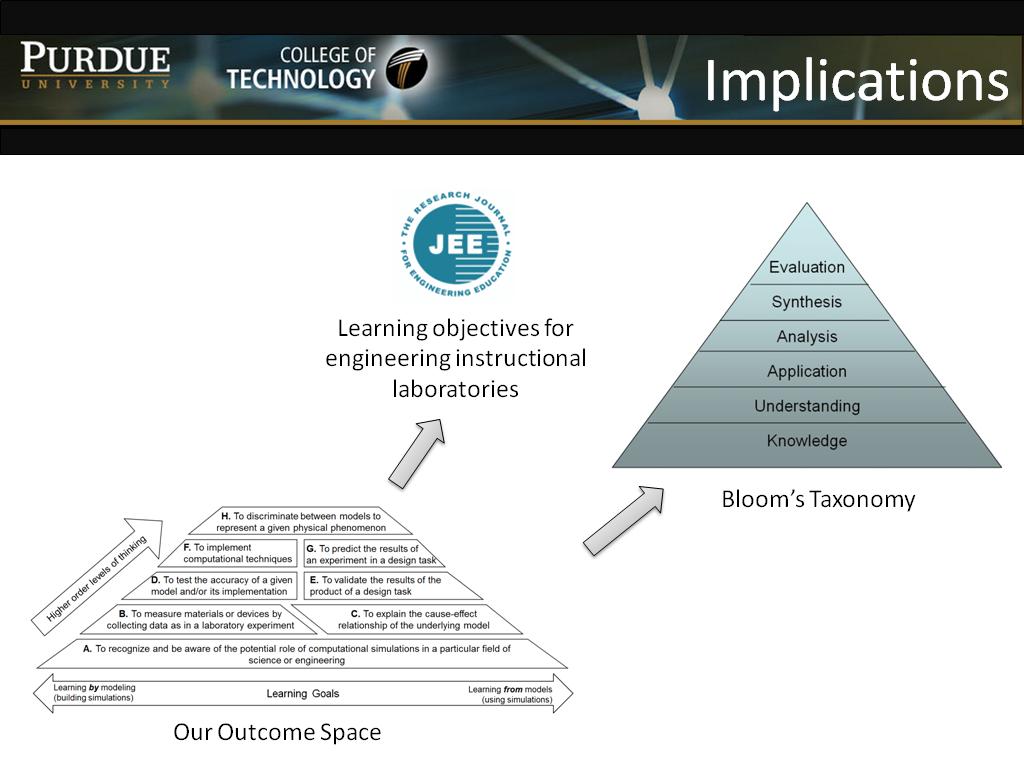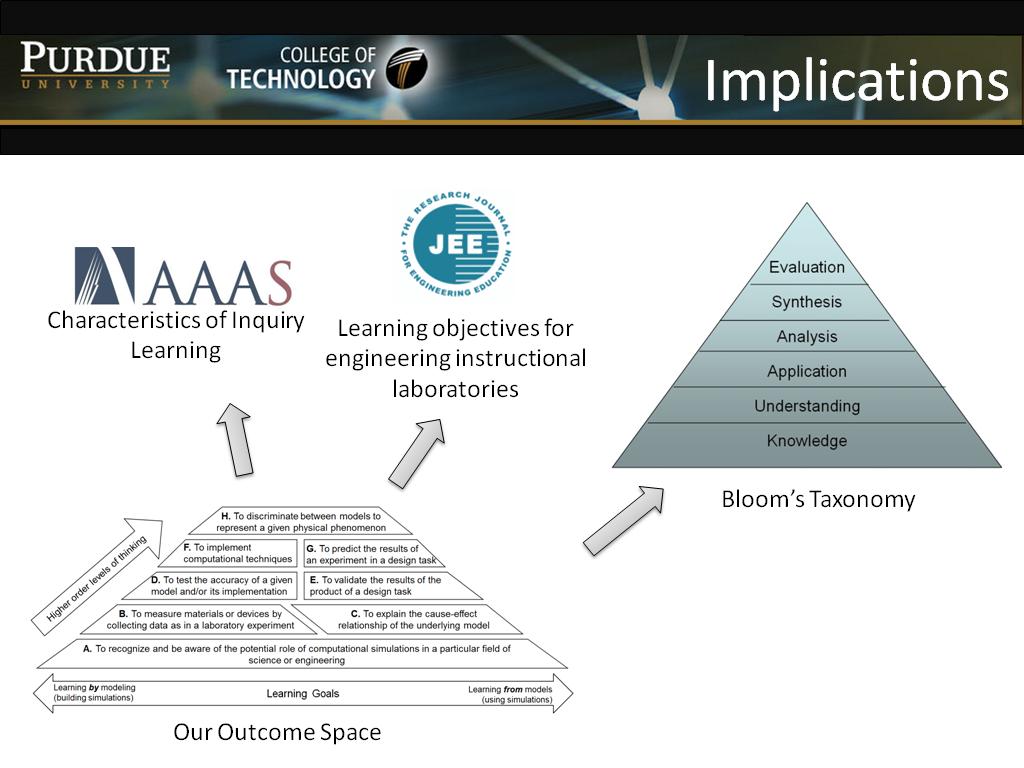Engineering and Science Instructors' Intended Learning Outcomes with Computational Simulations as Learning Tools
Engineering and Science Instructors\' Intended Learning Outcomes with Computational Simulations as Learning Tools

-
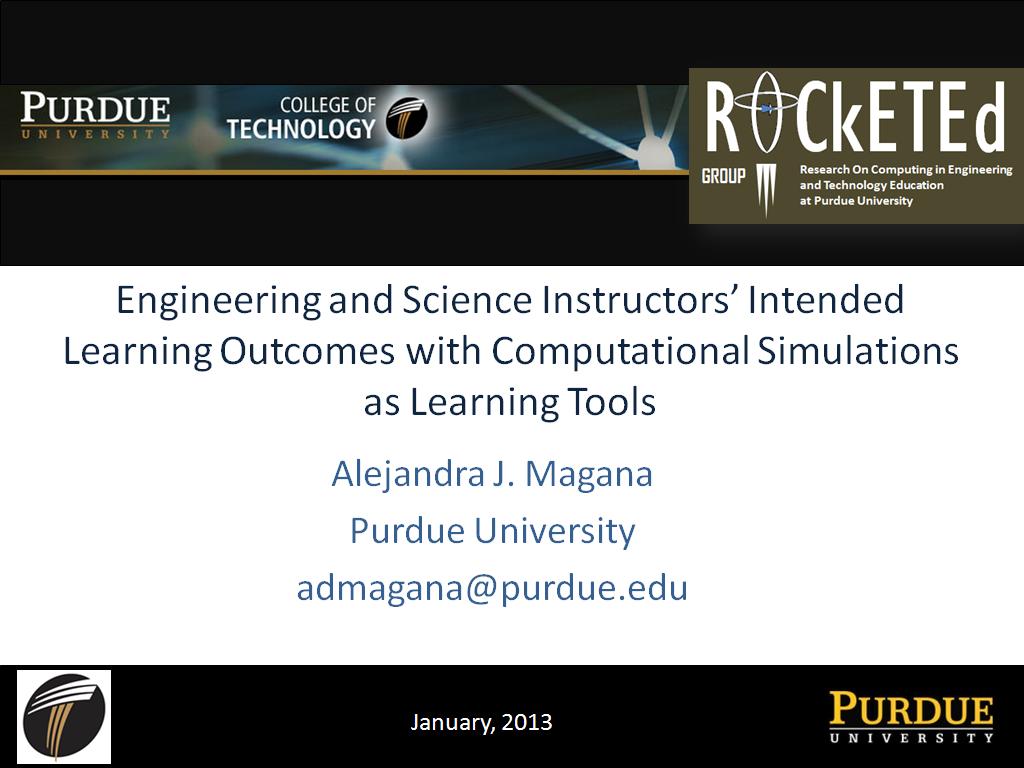 1. Engineering and Science Instru…
0
00:00/00:00
1. Engineering and Science Instru…
0
00:00/00:00 -
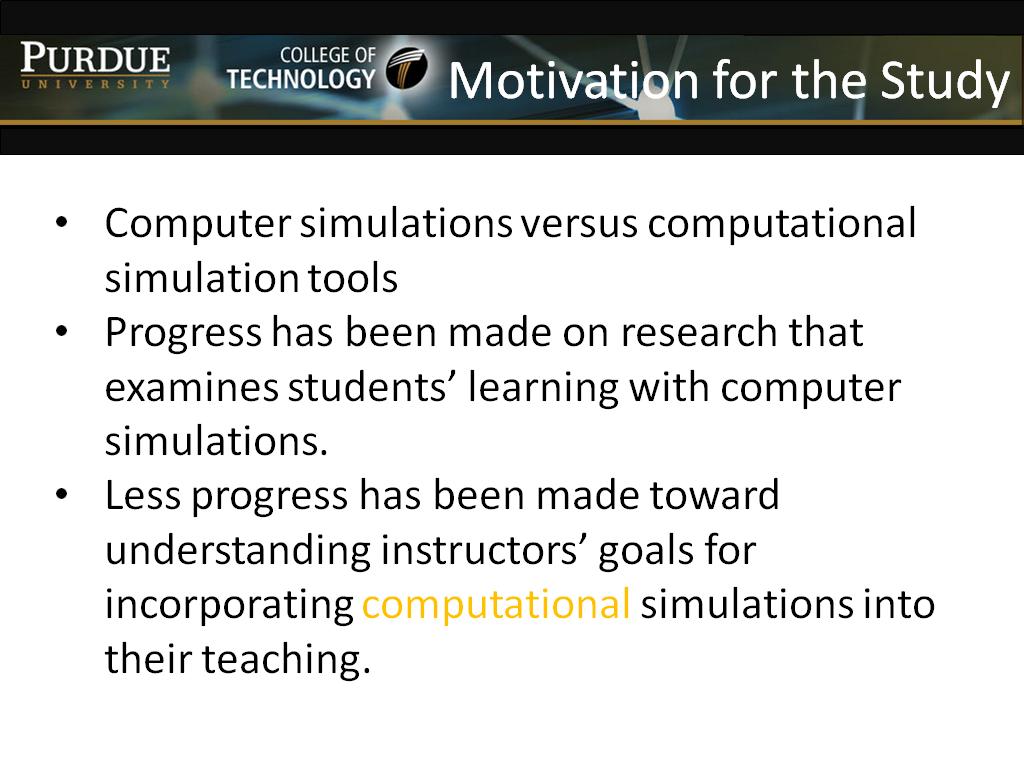 2. Motivation for the Study
23.456790123456791
00:00/00:00
2. Motivation for the Study
23.456790123456791
00:00/00:00 -
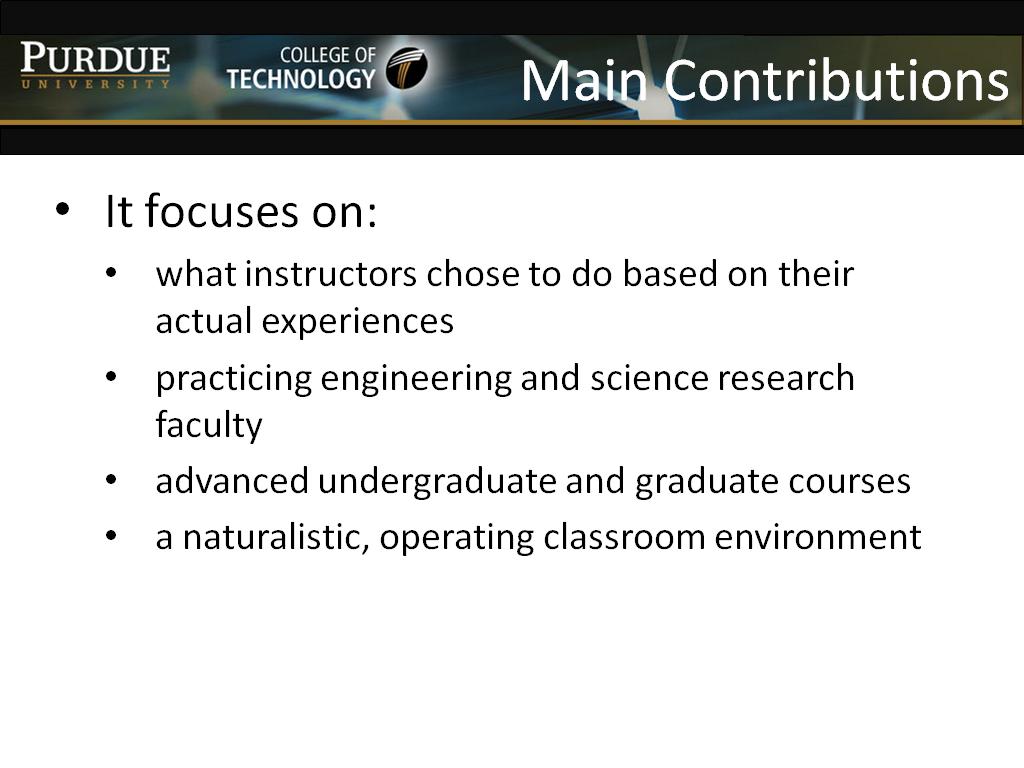 3. Main Contributions
91.991991991992
00:00/00:00
3. Main Contributions
91.991991991992
00:00/00:00 -
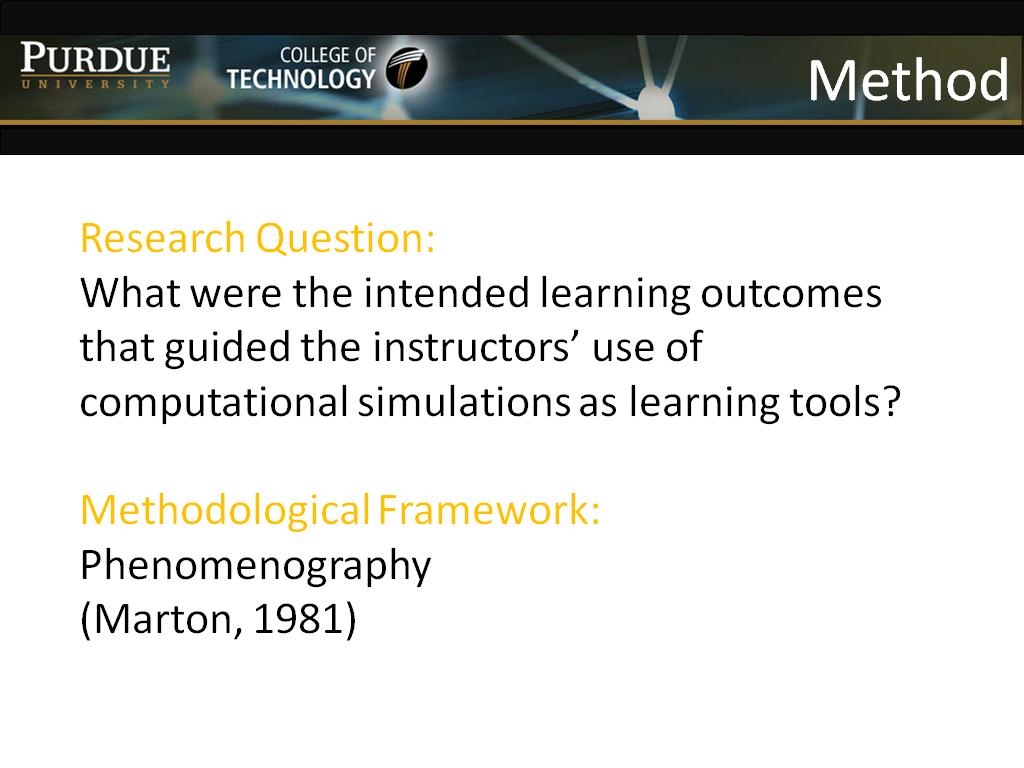 4. Method
145.24524524524526
00:00/00:00
4. Method
145.24524524524526
00:00/00:00 -
 5. Phenomenography
167.90123456790124
00:00/00:00
5. Phenomenography
167.90123456790124
00:00/00:00 -
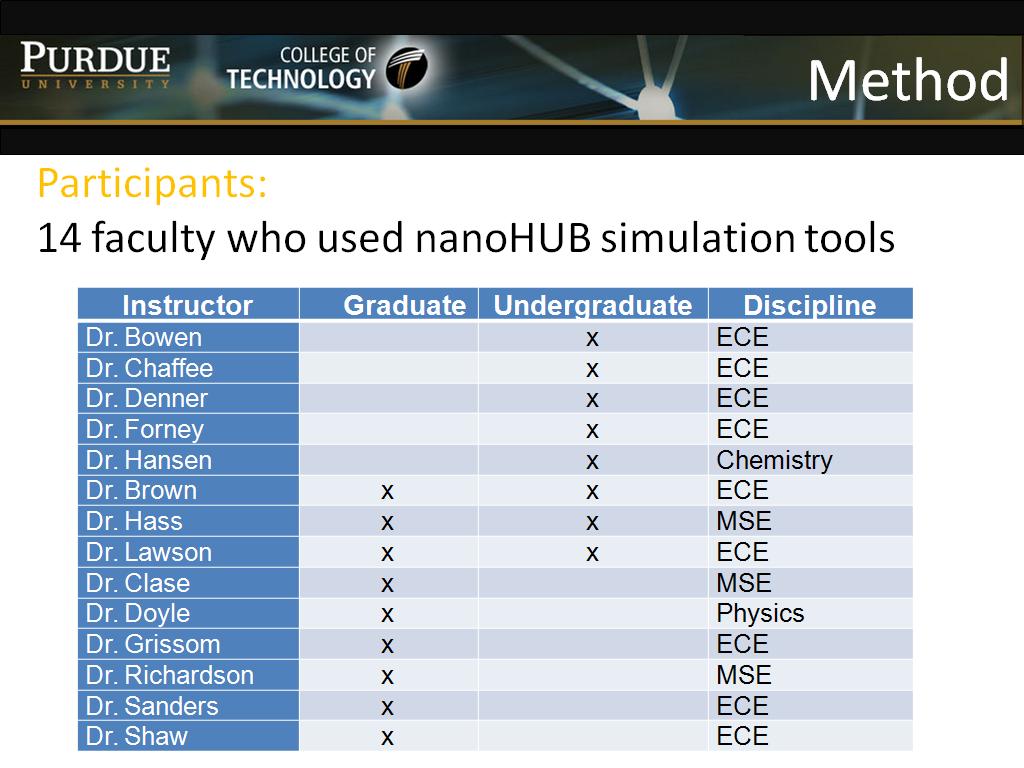 6. Method
199.33266599933268
00:00/00:00
6. Method
199.33266599933268
00:00/00:00 -
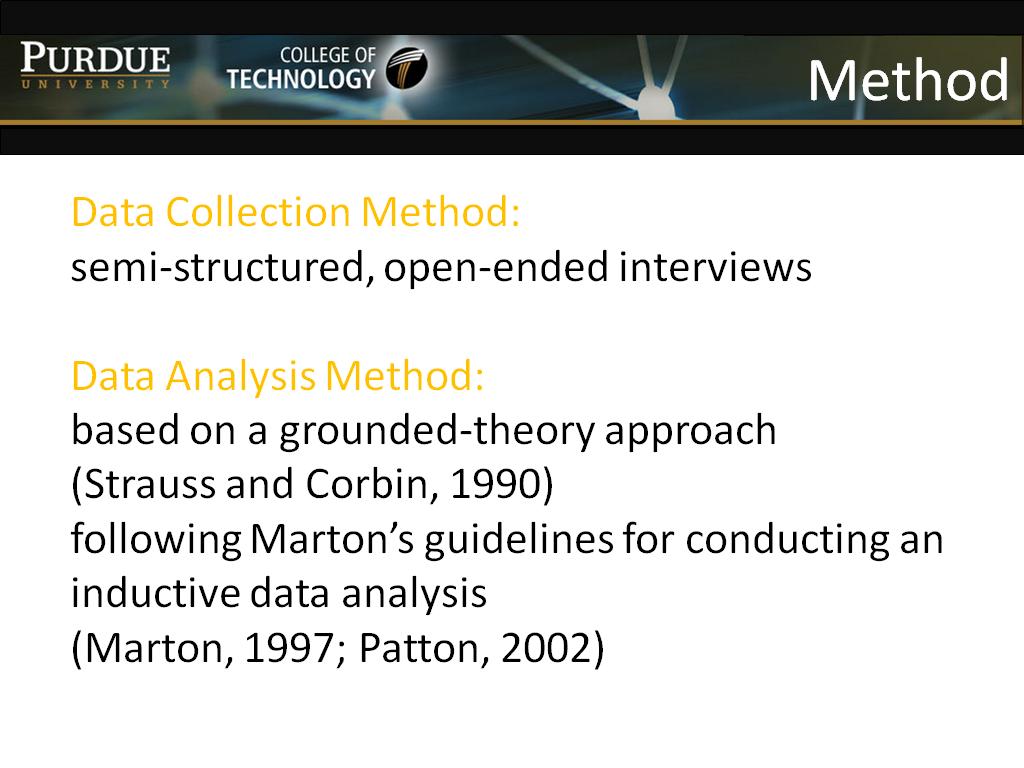 7. Method
237.33733733733735
00:00/00:00
7. Method
237.33733733733735
00:00/00:00 -
 8. Results
293.96062729396061
00:00/00:00
8. Results
293.96062729396061
00:00/00:00 -
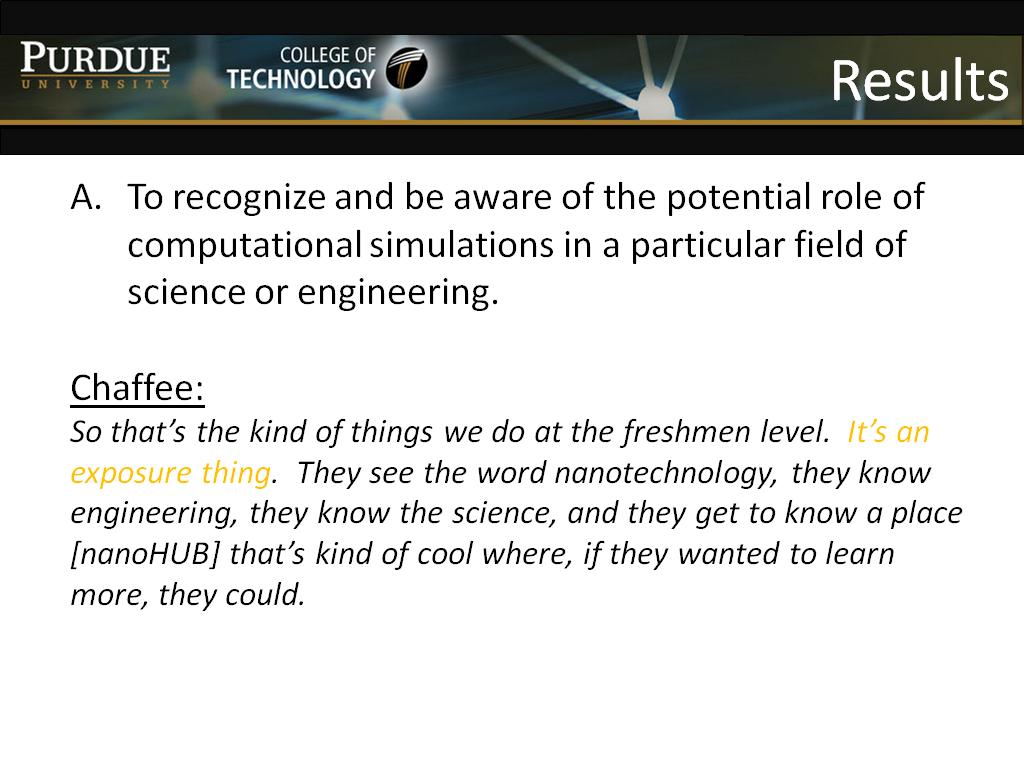 9. Results
333.53353353353356
00:00/00:00
9. Results
333.53353353353356
00:00/00:00 -
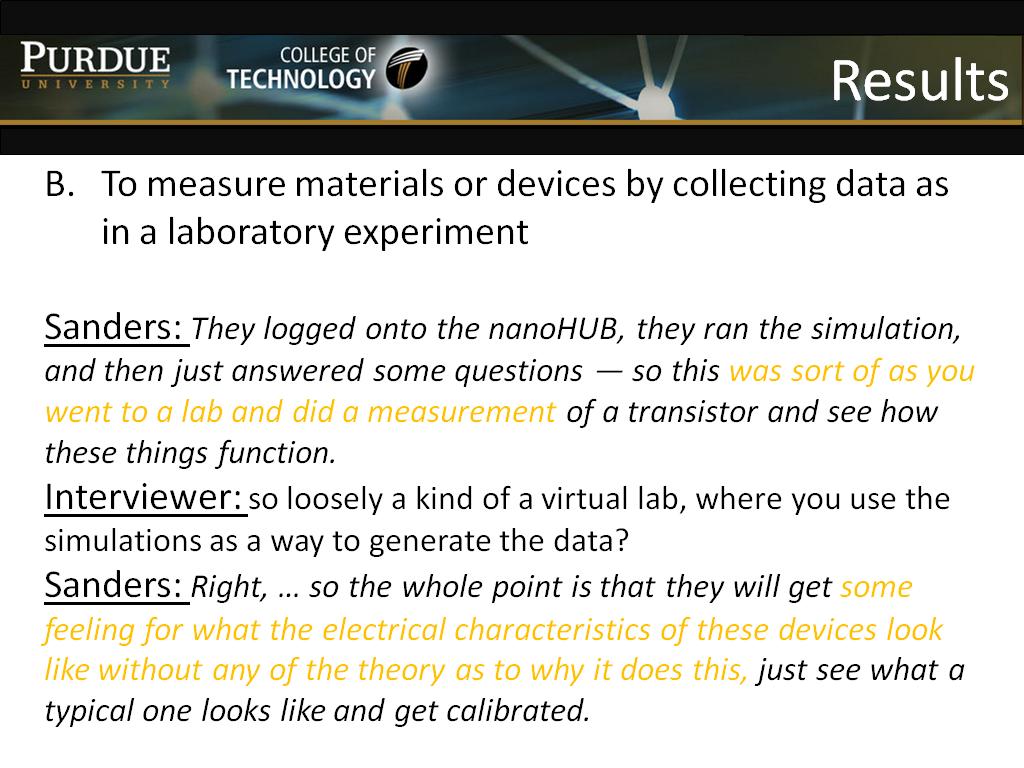 10. Results
390.75742409075741
00:00/00:00
10. Results
390.75742409075741
00:00/00:00 -
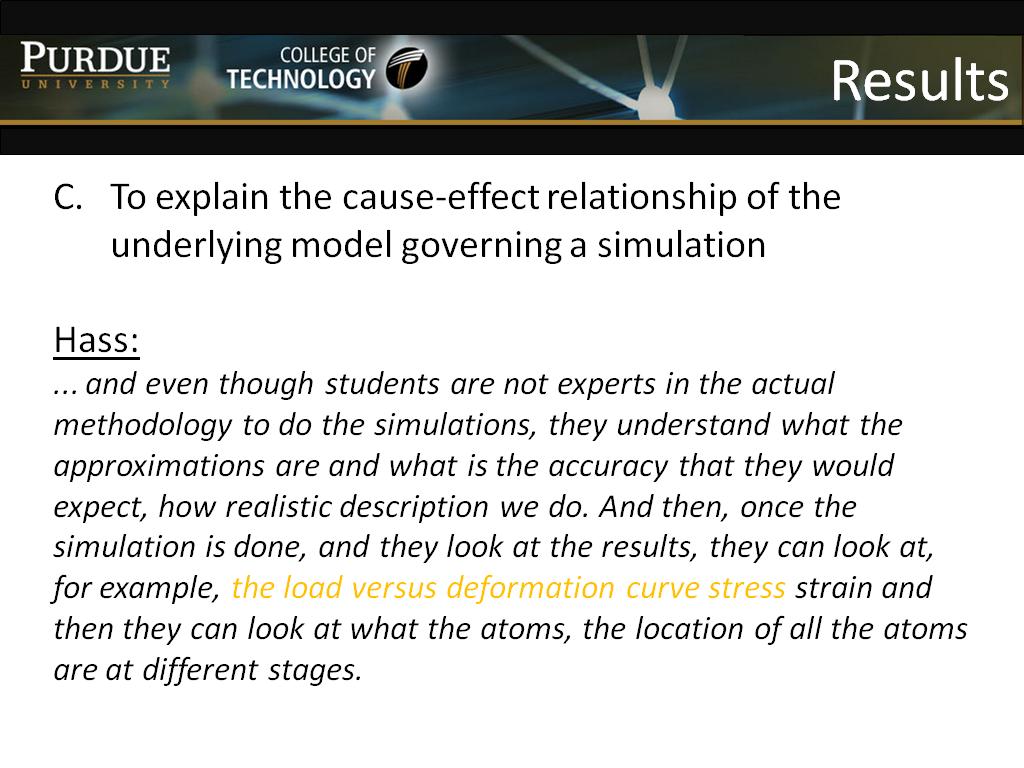 11. Results
444.51117784451117
00:00/00:00
11. Results
444.51117784451117
00:00/00:00 -
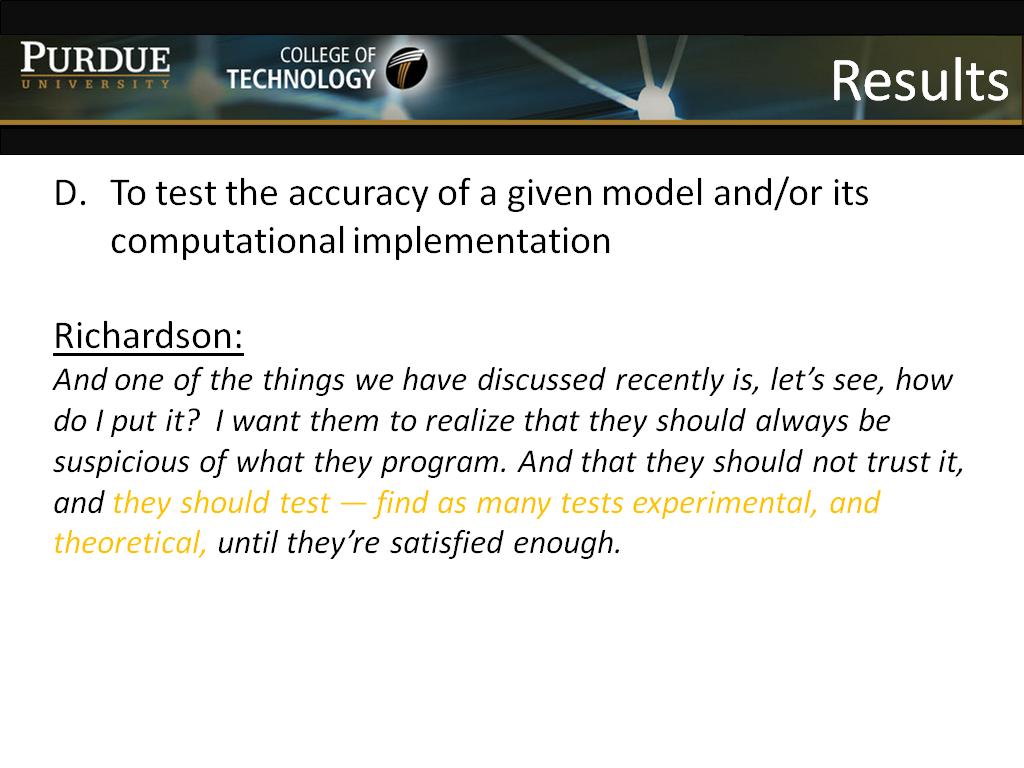 12. Results
498.49849849849852
00:00/00:00
12. Results
498.49849849849852
00:00/00:00 -
 13. Results
540.00667334000673
00:00/00:00
13. Results
540.00667334000673
00:00/00:00 -
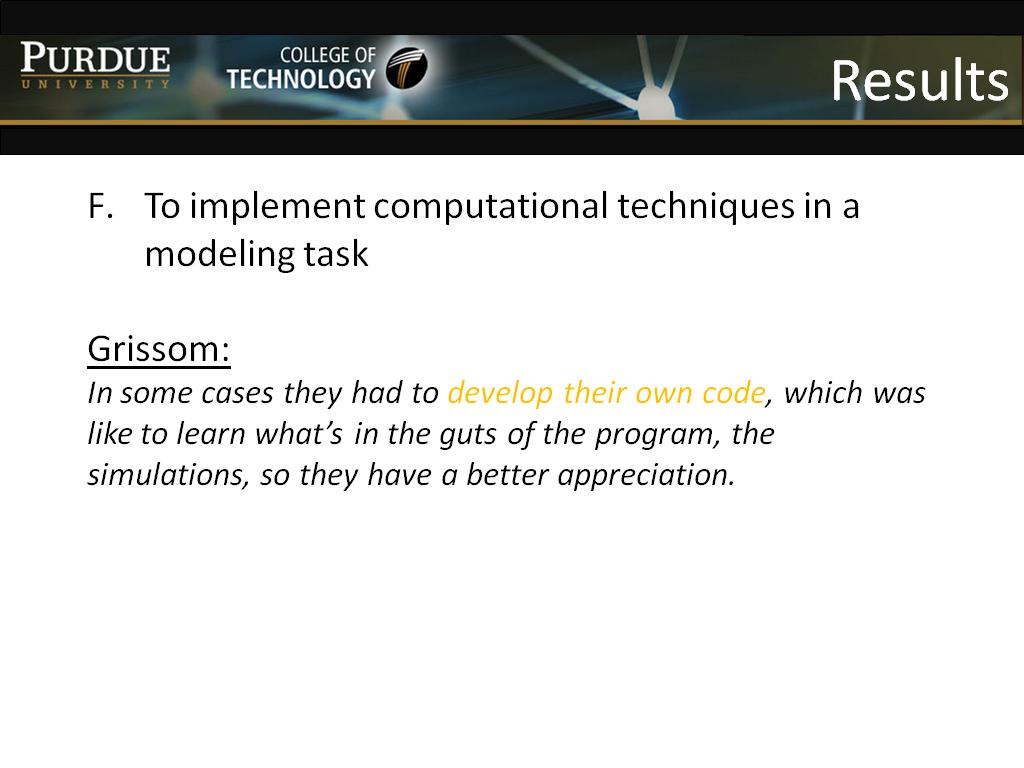 14. Results
581.11444778111445
00:00/00:00
14. Results
581.11444778111445
00:00/00:00 -
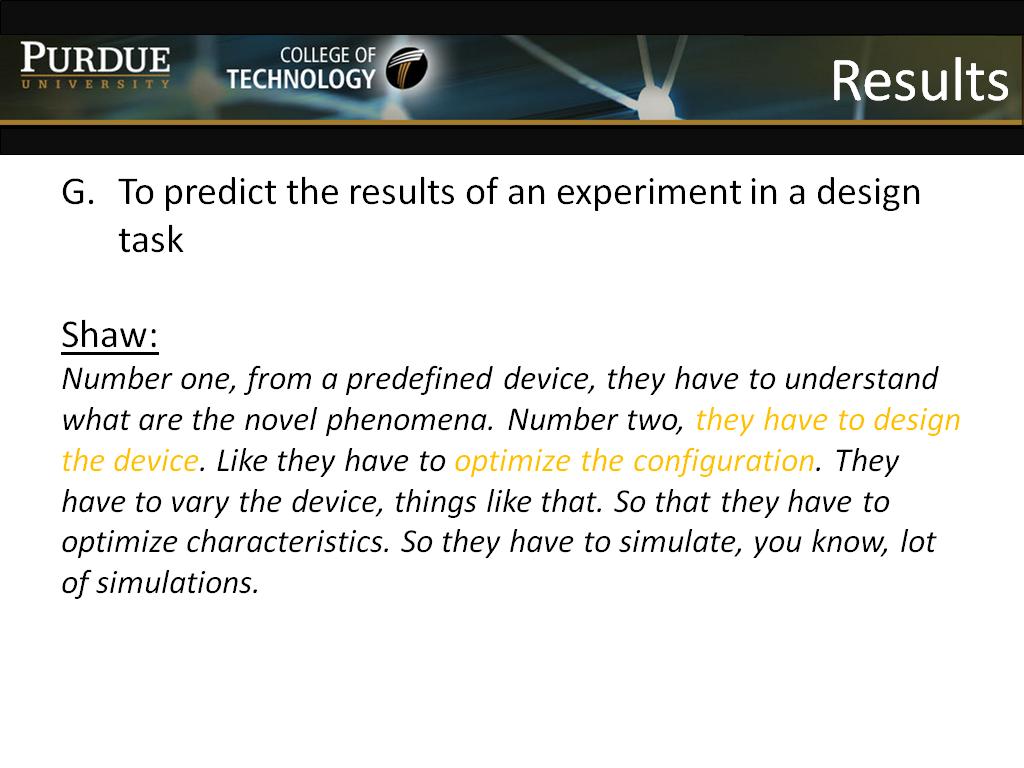 15. Results
618.18485151818493
00:00/00:00
15. Results
618.18485151818493
00:00/00:00 -
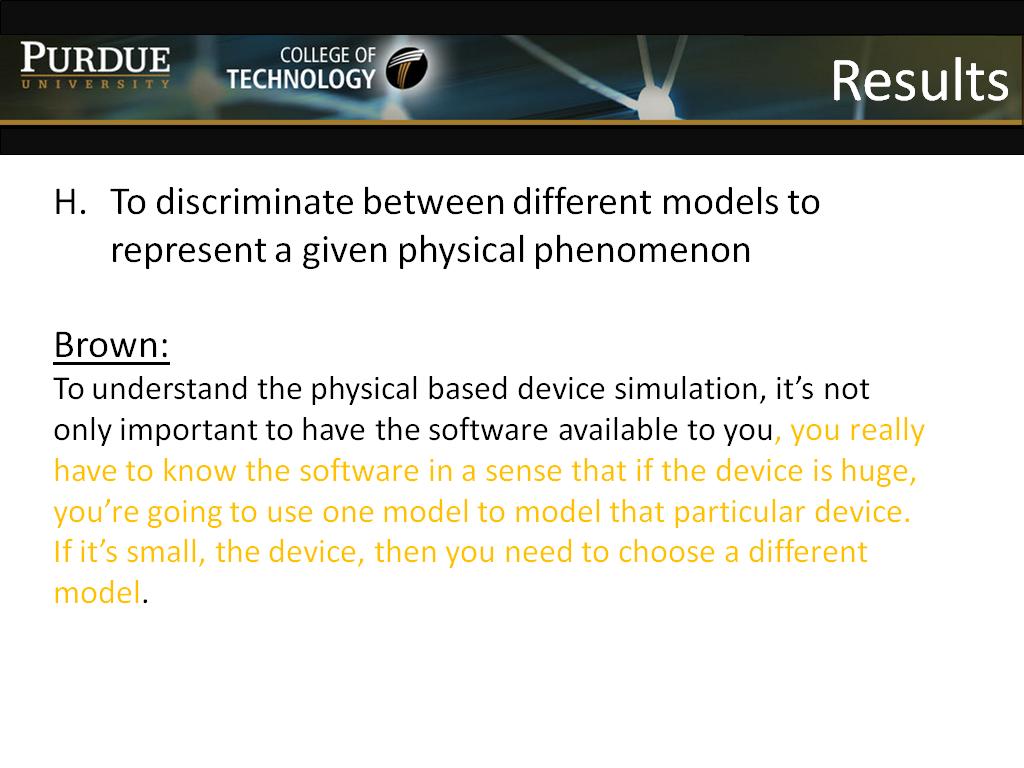 16. Results
647.61428094761436
00:00/00:00
16. Results
647.61428094761436
00:00/00:00 -
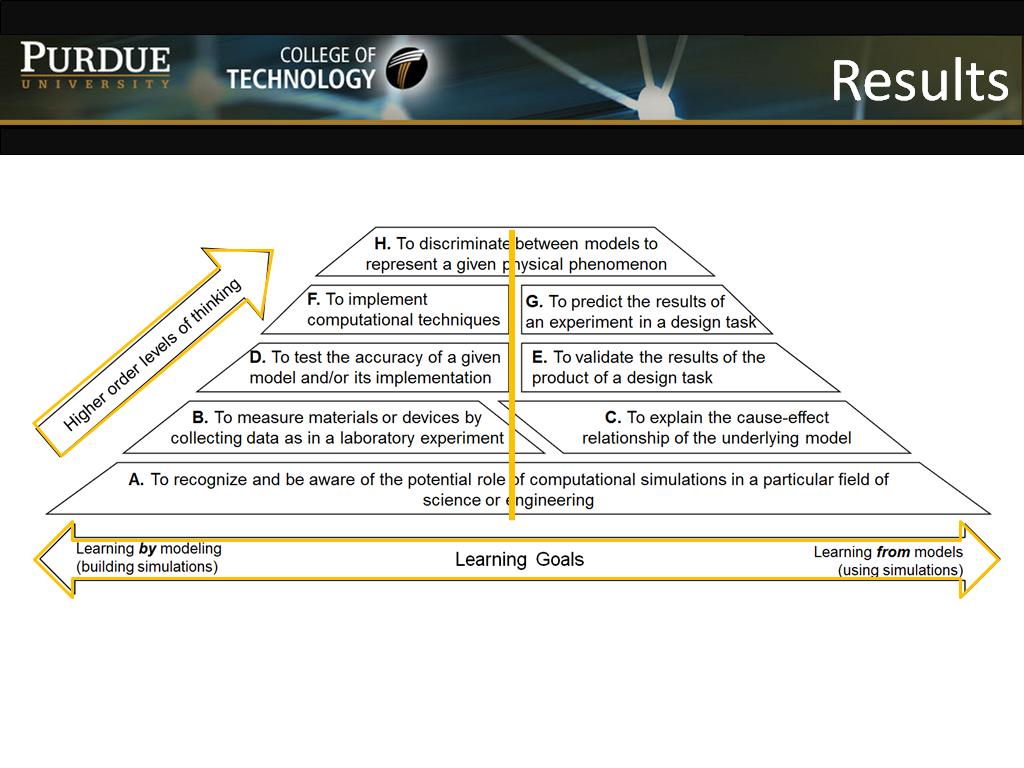 17. Results
694.19419419419421
00:00/00:00
17. Results
694.19419419419421
00:00/00:00 -
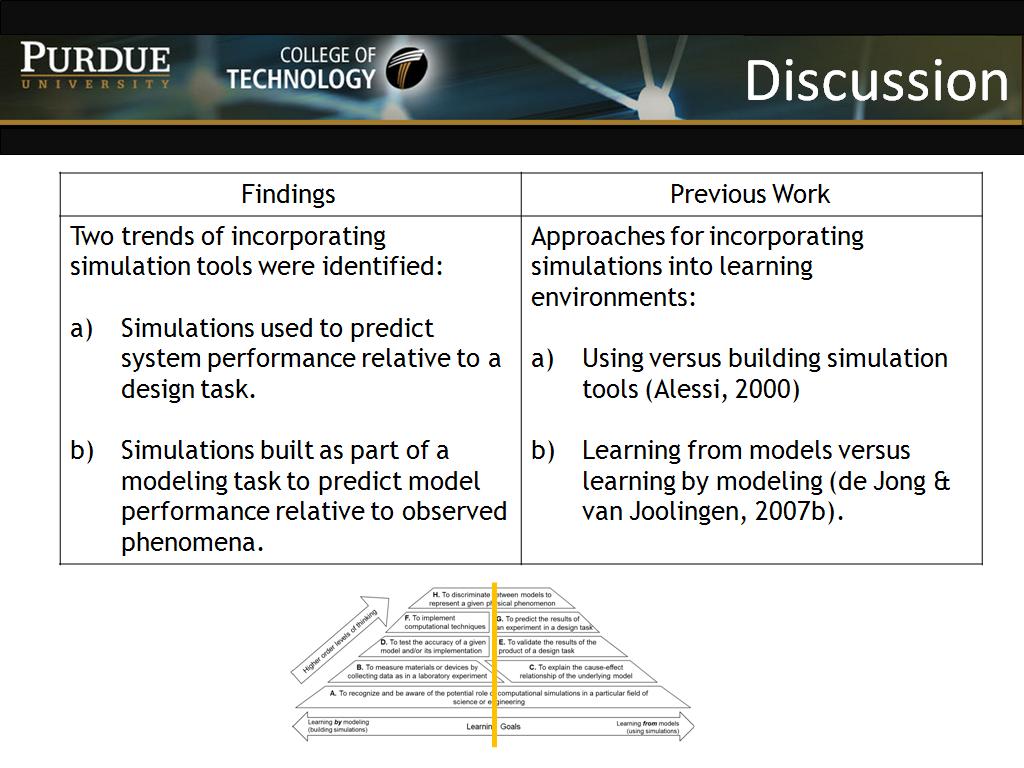 18. Discussion
758.82549215882557
00:00/00:00
18. Discussion
758.82549215882557
00:00/00:00 -
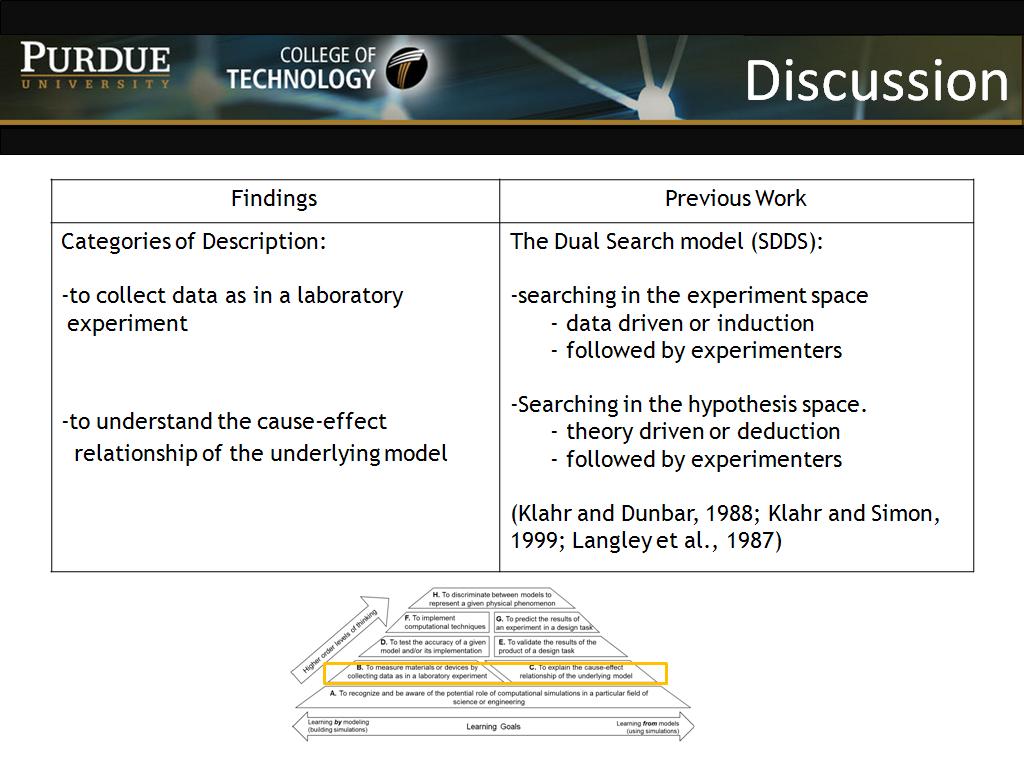 19. Discussion
802.16883550216892
00:00/00:00
19. Discussion
802.16883550216892
00:00/00:00 -
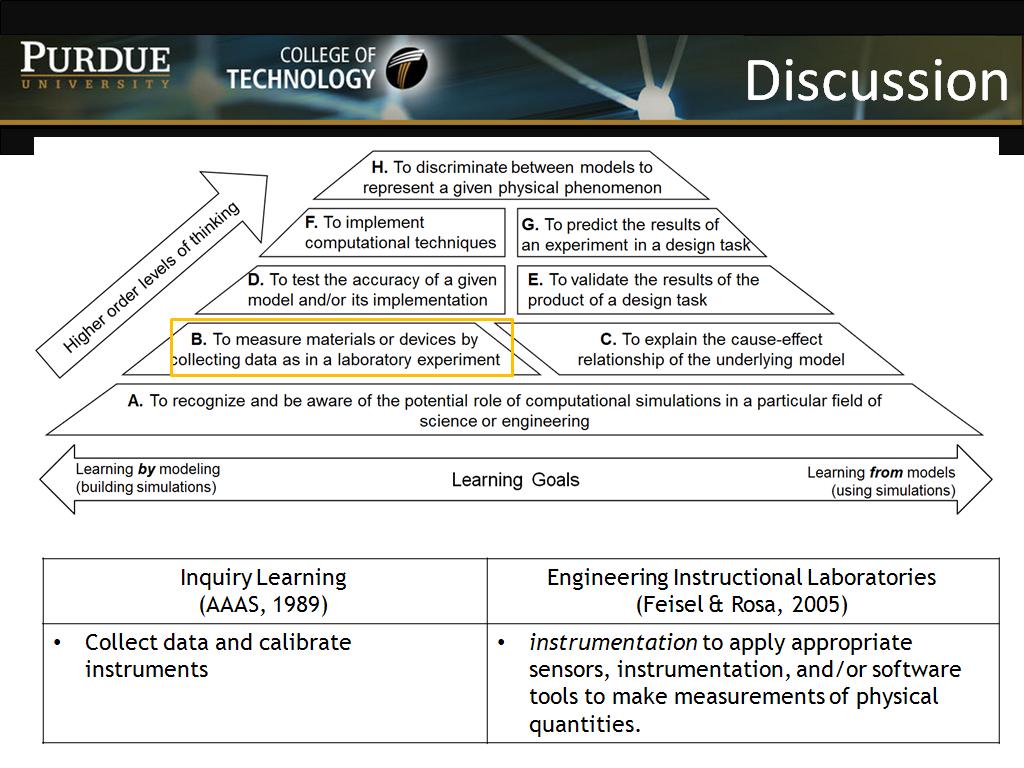 20. Discussion
825.69235902569244
00:00/00:00
20. Discussion
825.69235902569244
00:00/00:00 -
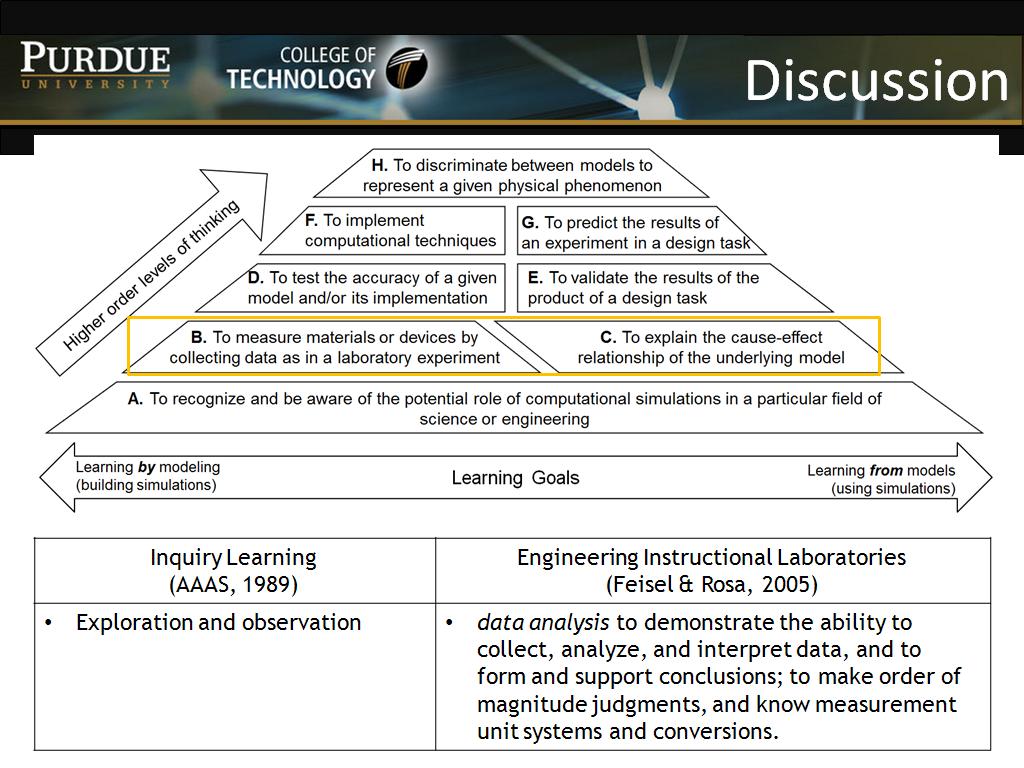 21. Discussion
875.975975975976
00:00/00:00
21. Discussion
875.975975975976
00:00/00:00 -
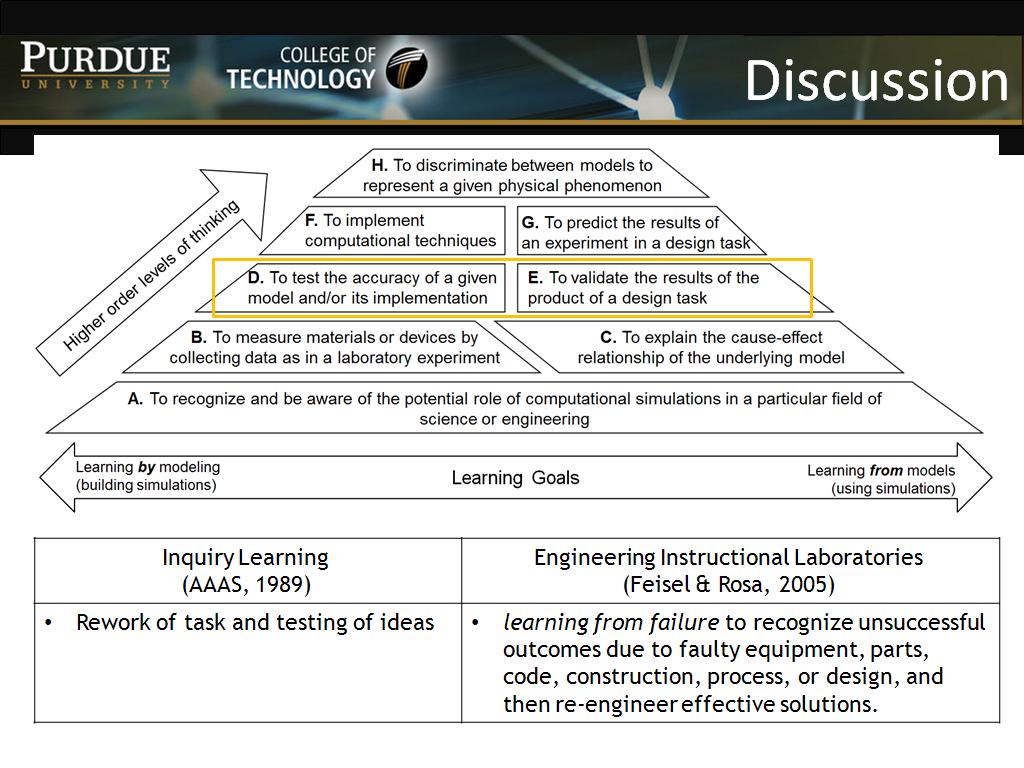 22. Discussion
912.379045712379
00:00/00:00
22. Discussion
912.379045712379
00:00/00:00 -
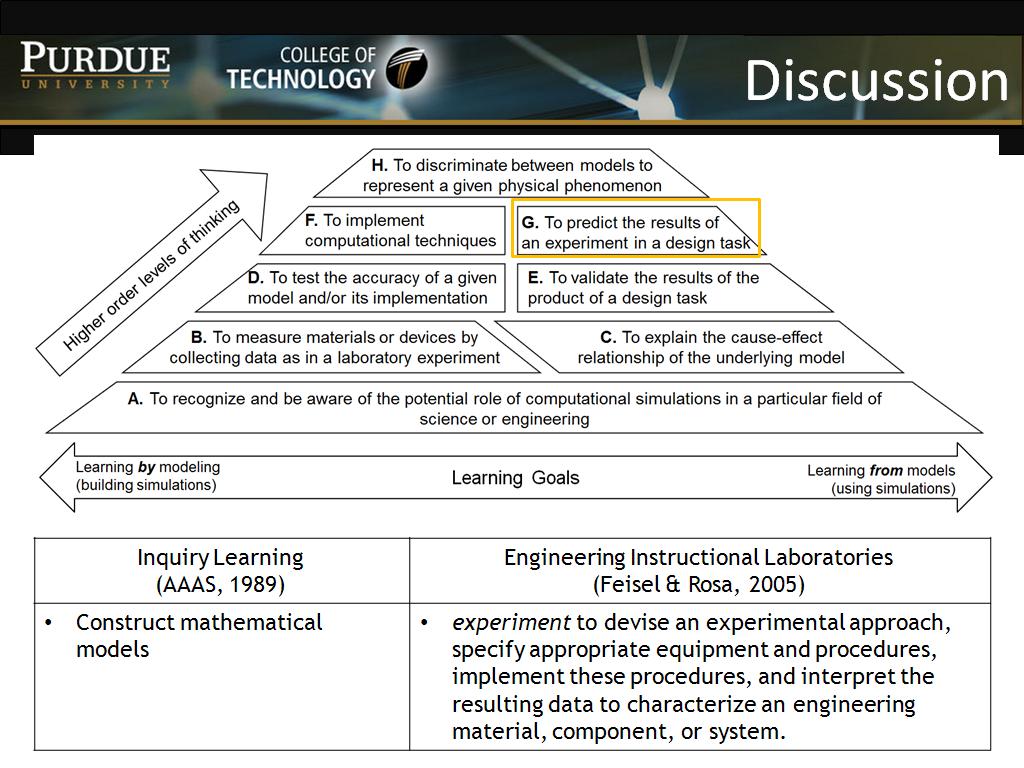 23. Discussion
934.13413413413411
00:00/00:00
23. Discussion
934.13413413413411
00:00/00:00 -
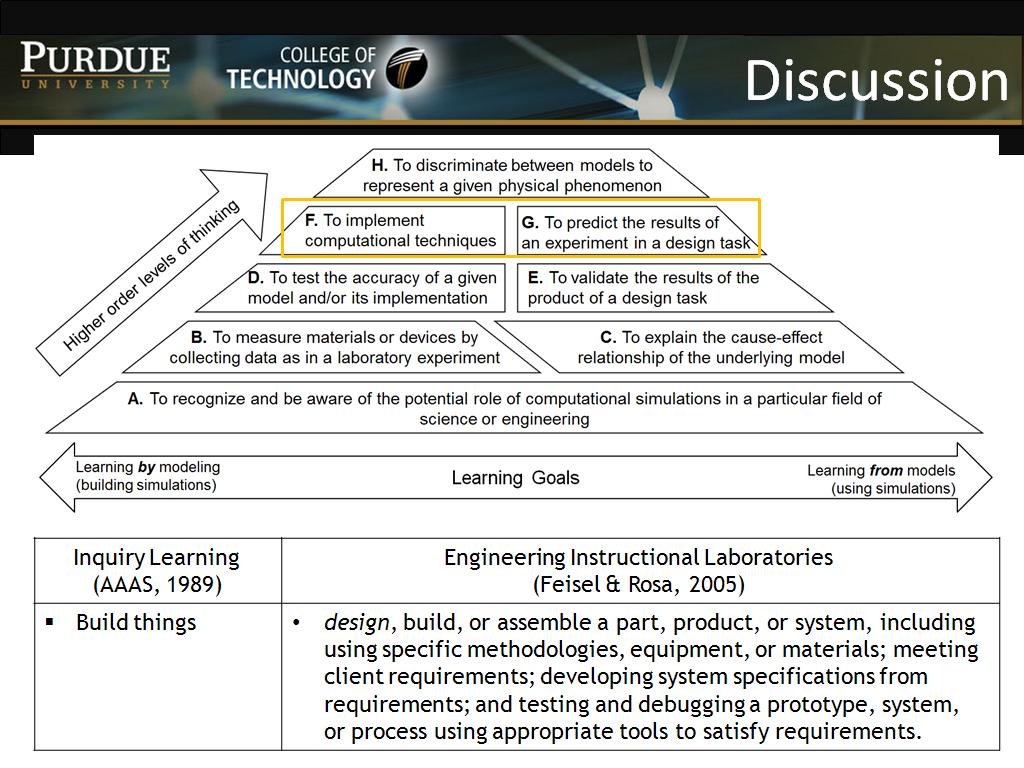 24. Discussion
953.35335335335344
00:00/00:00
24. Discussion
953.35335335335344
00:00/00:00 -
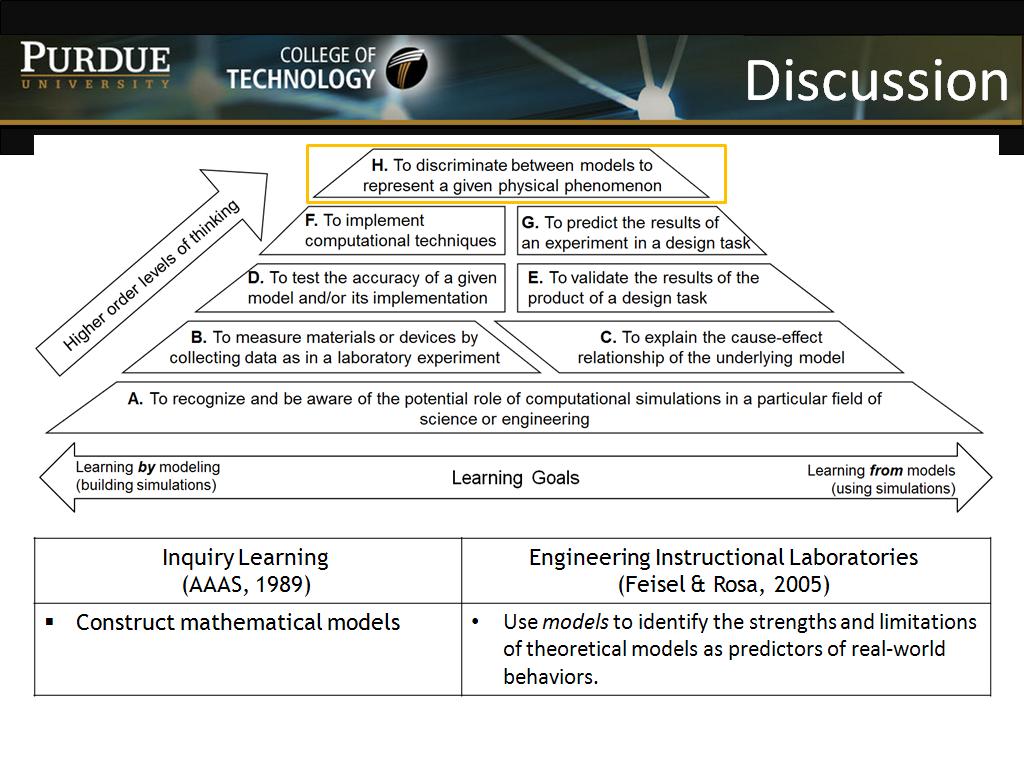 25. Discussion
980.64731398064737
00:00/00:00
25. Discussion
980.64731398064737
00:00/00:00 -
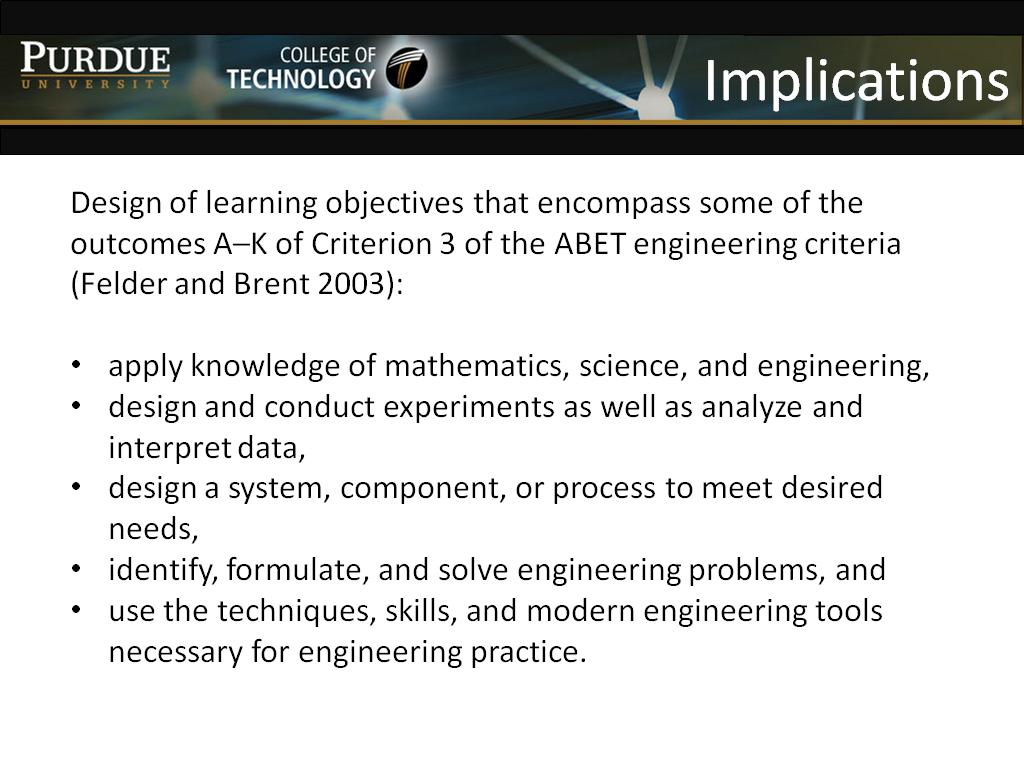 26. Implications
1002.0687354020688
00:00/00:00
26. Implications
1002.0687354020688
00:00/00:00 -
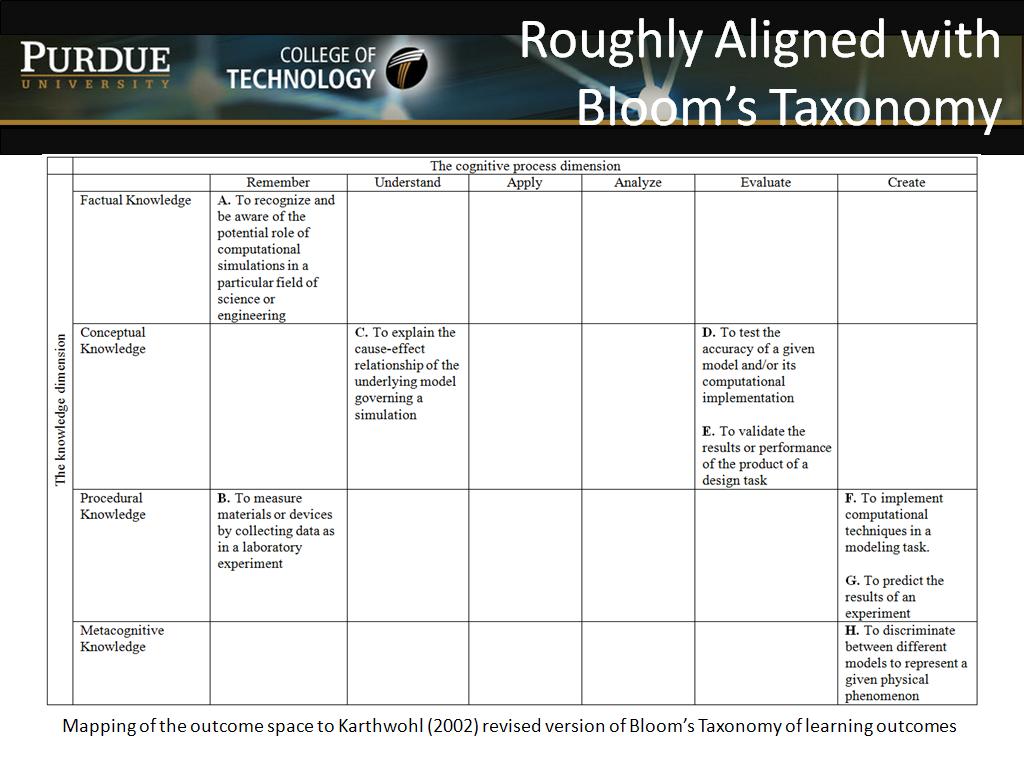 27. Roughly Aligned with Bloom's T…
1075.9092425759093
00:00/00:00
27. Roughly Aligned with Bloom's T…
1075.9092425759093
00:00/00:00 -
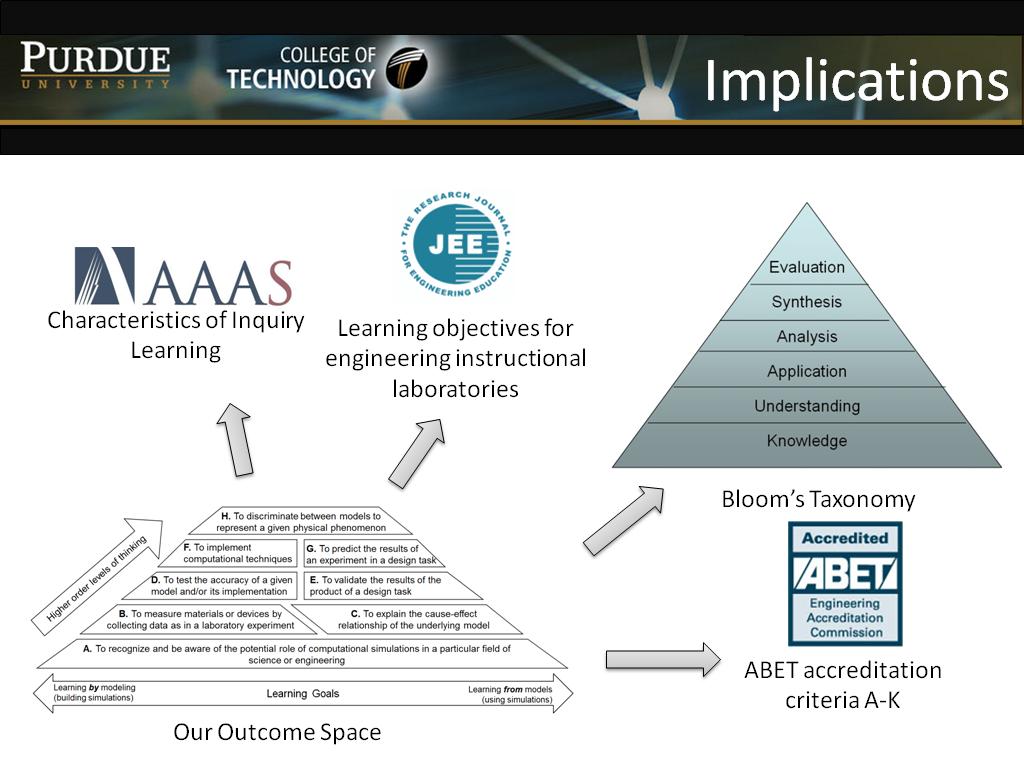 28. Implications
1143.2766099432768
00:00/00:00
28. Implications
1143.2766099432768
00:00/00:00 -
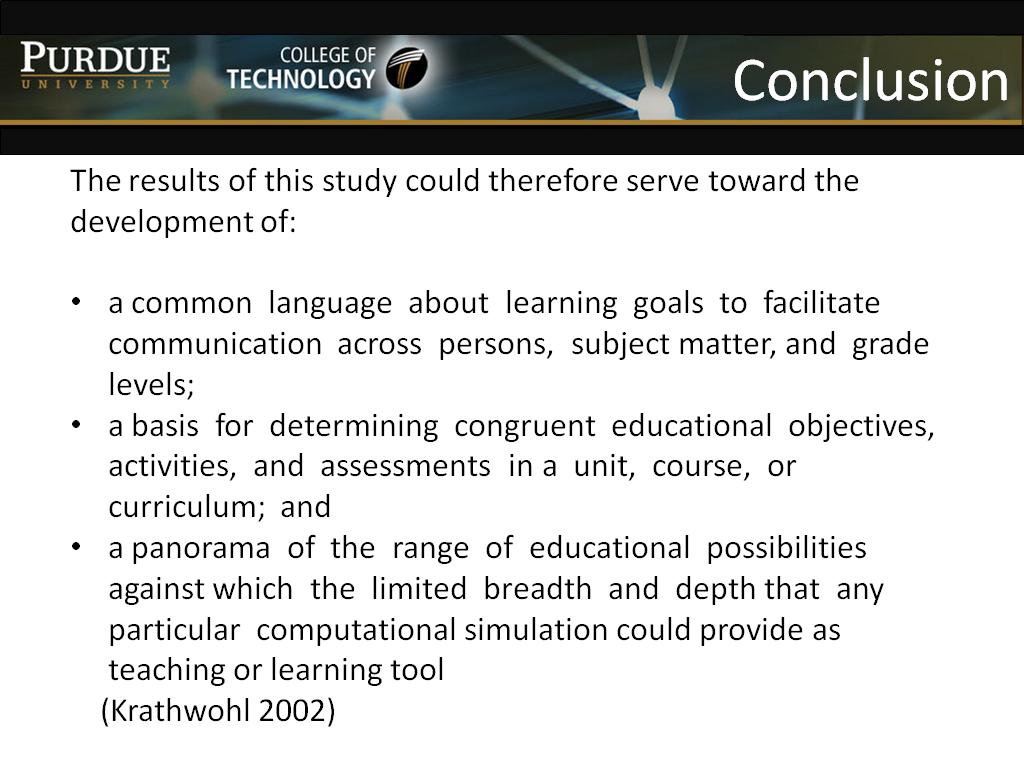 29. Conclusion
1209.3426760093428
00:00/00:00
29. Conclusion
1209.3426760093428
00:00/00:00 -
 30. Acknowledgements
1257.5575575575576
00:00/00:00
30. Acknowledgements
1257.5575575575576
00:00/00:00
